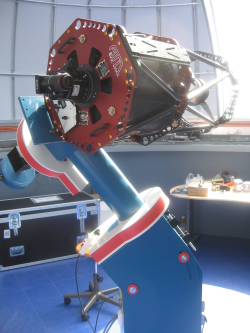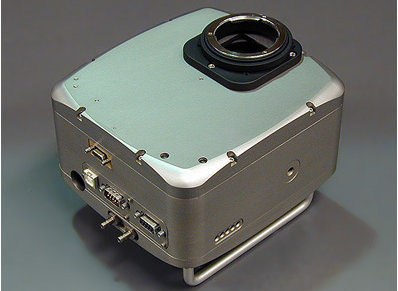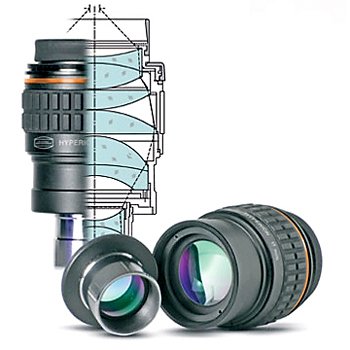Gratama Telescope

The observatory has a 40 cm reflecting telescope and is of the Ritchey-Chrétien type. It is one of the largest telescopes in the Netherlands. The telescope has high-quality optics and is extremely suitable for photographing objects deep in the universe.
The telescope is a somewhat smaller version of the large professional telescopes that are located on remote mountain tops and with which great discoveries are made. The telescope is named after the Gratama Foundation. This foundation, founded and based in Harlingen, made the purchase of this scientific instrument possible in cooperation with the Groninger University Fund.

Photography
One of the ways to learn more about outer space is by photographing objects in it. Photographing these faint objects is not like photographing with a normal camera. A highly sensitive digital camera is used. This camera has to be cooled because otherwise there will be a lot of noise on the images. The digital camera is sensitive to all colours of light and is therefore a kind of black-and-white camera. Creating a colour image is done by combining several shots with different filters. A filter is a thin disc of glass that allows only one colour of light to pass through. There are eight filters built into the camera for eight colours that astronomers find interesting.

Stargazing
Scientific research is hugely interesting, but looking through a stargazer yourself is really wonderful. To look through a telescope yourself, you need to put an eyepiece in the back of the telescope: a number of small lenses placed one behind the other. You then see a sharply magnified image of the object. Since you need a separate eyepiece for each magnification, the observatory has several eyepieces.
